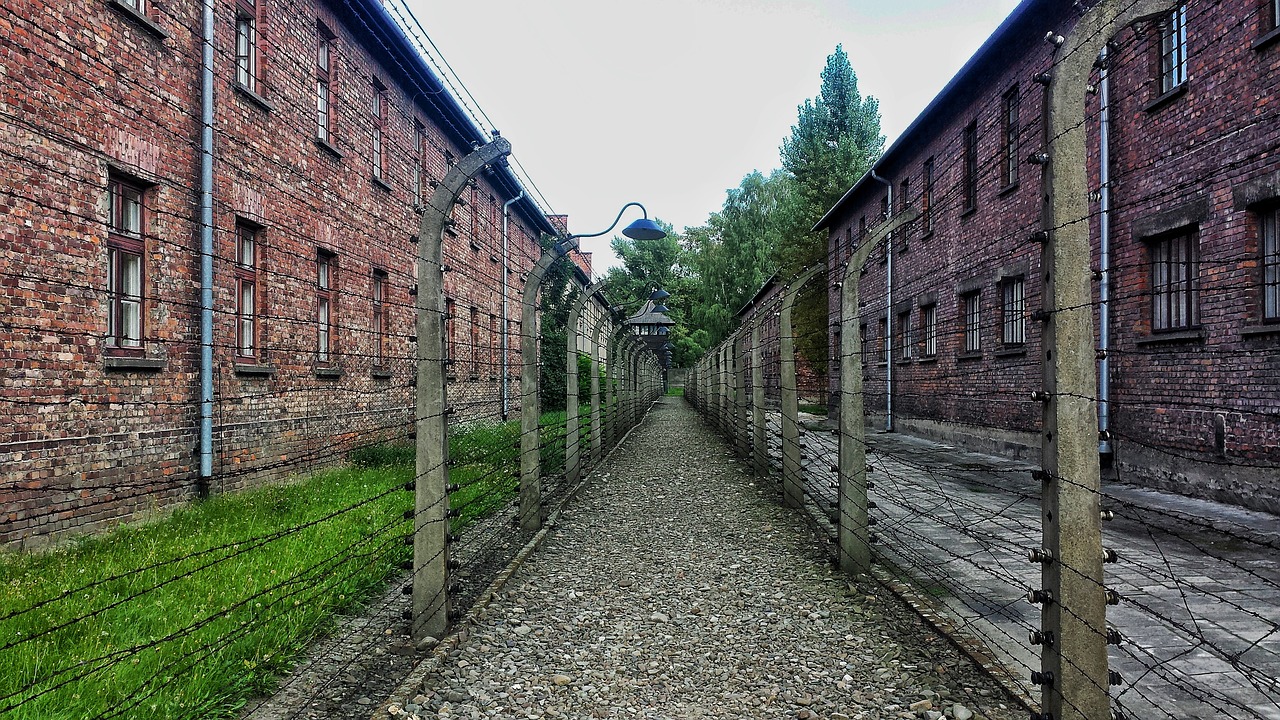Between 1941 and 1945, over six million Jewish people and minorities were killed in what the Nazi’s called their Final Solution. One of the best ways to honor the lives lost during the Holocaust is to teach future generations about their lives and tragic deaths to ensure it never happens again.
Many online resources can be used to teach the Holocaust, including first-hand survivor accounts, pictures, and videos. Primary sources are often the best way to teach such a difficult topic, and there are riveting video clips from survivors in the eMediaVA collection. Additional resources include videos and lessons from Echoes and Reflection and Holocaust interactives from WHRO’s SOL World History II collection.
Another great resource to facilitate eye-opening discussions with your students is the collection of maps found on the U.S. Holocaust Museum’s website. These maps will help students see just how wide the scale of the Nazi’s terror campaign was. This was not just one event in one place, but a system that lasted for years and covered much of the European continent.
An additional resource that can be used with secondary students is Holocaust Photography and Film as Historical Evidence by Ken Burns. The gallery includes short video clips and first-hand accounts of the Holocaust’s atrocities. Consider using the videos in the Ken Burns collection as stations–students can respond to the clips individually and later engage in a classwide discussion about what they learned.
If you’re still not sure where to start with teaching students about the Holocaust, the U.S. Holocaust Museum also offers a service where you can fill out a form about your students and what you would like them to learn and someone will contact you with resources that you can use to teach this topic. Although this topic isn’t easy to teach, it deserves our time and attention on this day and throughout the year.
Aubree Mitchell is a librarian in Halifax Public Schools and an eMediaVA Ambassador.
